
Sustainable Tea & Coffee: Is Your Favourite Cuppa Harming the Earth?
If you’re like us, you won't be able to function without your morning cuppa! But did you know your brew could be negatively impacting the environment? Choosing sustainable tea and sustainable coffee can make a real difference.
Tea is the most popular beverage in the world (after water), whilst coffee is the drink of choice in many countries. With billions of cups of tea and coffee consumed daily, it's essential to consider your cuppa's impact on our planet.
Ground Coffee vs Instant Coffee
Choosing natural ground coffee for your cuppa is better for the environment than drinking instant coffee, as the dehydration process for instant coffee uses an enormous amount of energy.
Both products start with roasted coffee beans, but the similarity ends there. Natural ground coffee is just that. However, instant coffee is brewed at high temperatures in extraction equipment, filtered and concentrated, and then freeze-dried.
We have drunk natural ground coffee for years. To be honest, this is because we preferred the taste of it and not because we realised it was the most sustainable coffee to drink.
People think ground coffee is expensive because instant home-brand coffee costs a few dollars. But seriously, who likes drinking that stuff? Do the environment and your taste buds a favour, and consider switching.
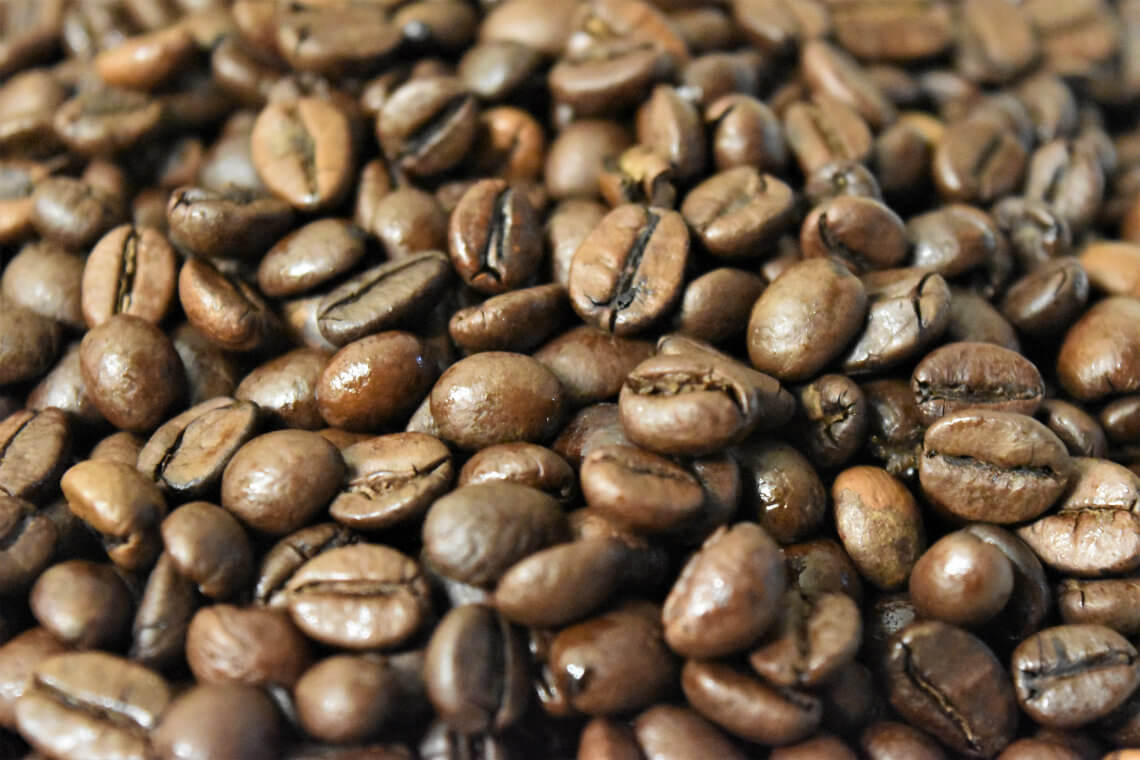
Caffeinated vs Decaffeinated Coffee
Another sustainable coffee issue to consider is the decaffeination process. We don't see the point of drinking decaffeinated coffee - it's all about the caffeine for us - but there may be a reason why you do.
There are currently four methods for producing decaffeinated coffee:
the direct-solvent process
the indirect-solvent process
the carbon dioxide process
the Swiss Water Process.
The direct-solvent process removes caffeine using a chemical solvent, usually methylene chloride or ethyl acetate. The indirect-solvent process uses hot water and a chemical to extract the caffeine.
The carbon dioxide process forces carbon dioxide into the beans at high pressure to extract the caffeine, and, as the name suggests, the Swiss Water Process uses a water extraction method to decaffeinate the beans.
If you must drink a decaffeinated cuppa, choose the water or carbon dioxide processing methods. These choices are better for the environment. They may also be better for you as chemical solvents are possible carcinogens.
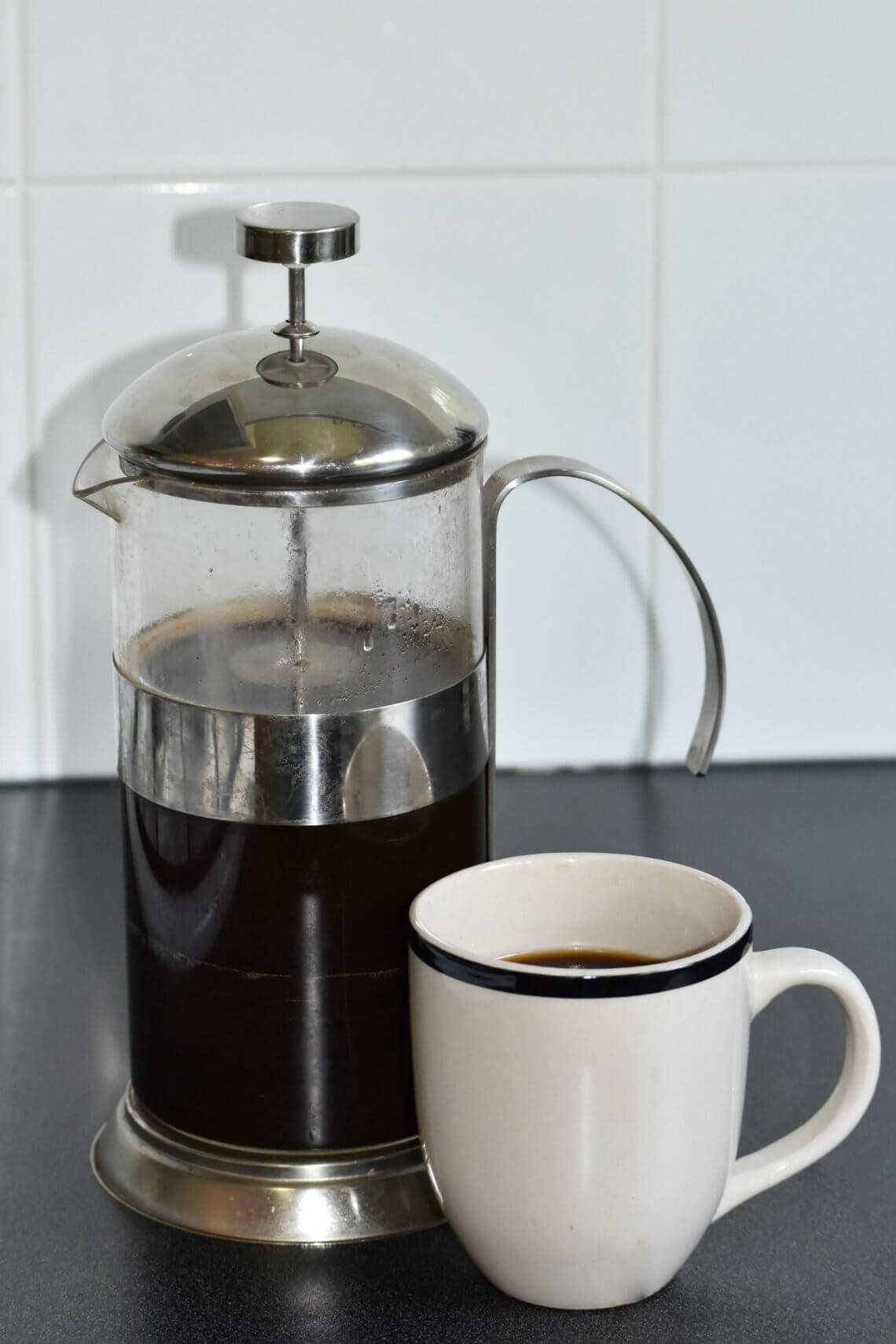
Brewing Sustainable Coffee
The method you choose for brewing your cuppa can also determine if you are drinking a sustainable coffee. We use a coffee plunger to make our coffee, one of the better (and cheaper) options.
Coffee machines often have environmentally damaging accessories like filter papers and coffee pods.
If you have a filter coffee machine, buy unbleached, reusable cotton filters or unbleached, disposable paper ones. Chlorine-based bleaching leaves dioxin residues in the filter and the environment. It is also possible to purchase a reusable mesh for some machines.
The metaphoric rise of the coffee pod machine (with a bit of help from George Clooney) is also causing a significant global environmental problem. Billions of capsules end up in landfills around the world each year.
Plastic capsules can take more than 500 years to degrade. Even aluminium capsules can take 200 years to break down. So the pod from your morning cuppa could outlive many generations of your family!
Embrace sustainable coffee by ditching the pods or purchasing 100% biodegradable or reusable capsules. Alternatively, you can collect your pods and participate in a recycling program.
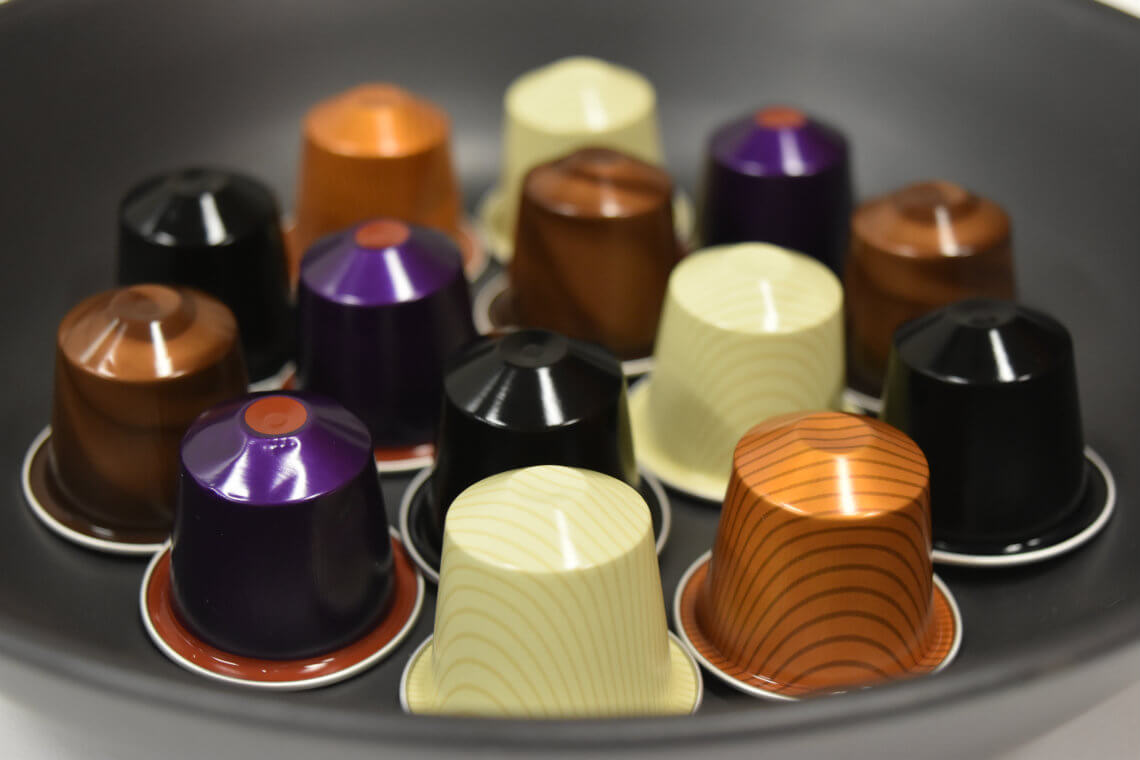
Pesticides and Coffee Production
Farmers around the world use significant amounts of chemicals on coffee plantations. These chemicals kill pests, prevent diseases and improve crop yields.
The roasting process dilutes most of the harmful effects for consumers. However, the chemicals can still significantly impact the environment and people working on or living near plantations.
Chemicals used to grow coffee include:
methyl parathion
endosulfan
chlorpyrifos
triadimefon.
Methyl parathion is an insecticide previously used in coffee production. It is now banned in many countries because it is toxic to humans, fish and animals that eat fish.
Endosulfan takes a long time to break down in the soil. It is toxic to insects and mammals, including humans, attacking their central nervous systems. Luckily, most countries have also now banned it.
Chlorpyrifos is toxic to birds, highly toxic to fish and has caused congenital disabilities in humans. Unfortunately, it is still widely used in agriculture.
Triadimefon is a copper-based fungicide that is toxic to birds. It causes copper to accumulate in the soil with long-term use. Copper toxicity can then transfer to other crops grown in these soils.
Many harmful chemicals are now highly regulated in the Western world; this is not so in less developed countries. Even after usage ceases, toxic chemicals can take years to break down in soil.
Consider buying traditional sustainable coffee grown without chemicals from countries like Ethiopia. If you can afford it, buying a certified organic coffee for your cuppa is the best option.
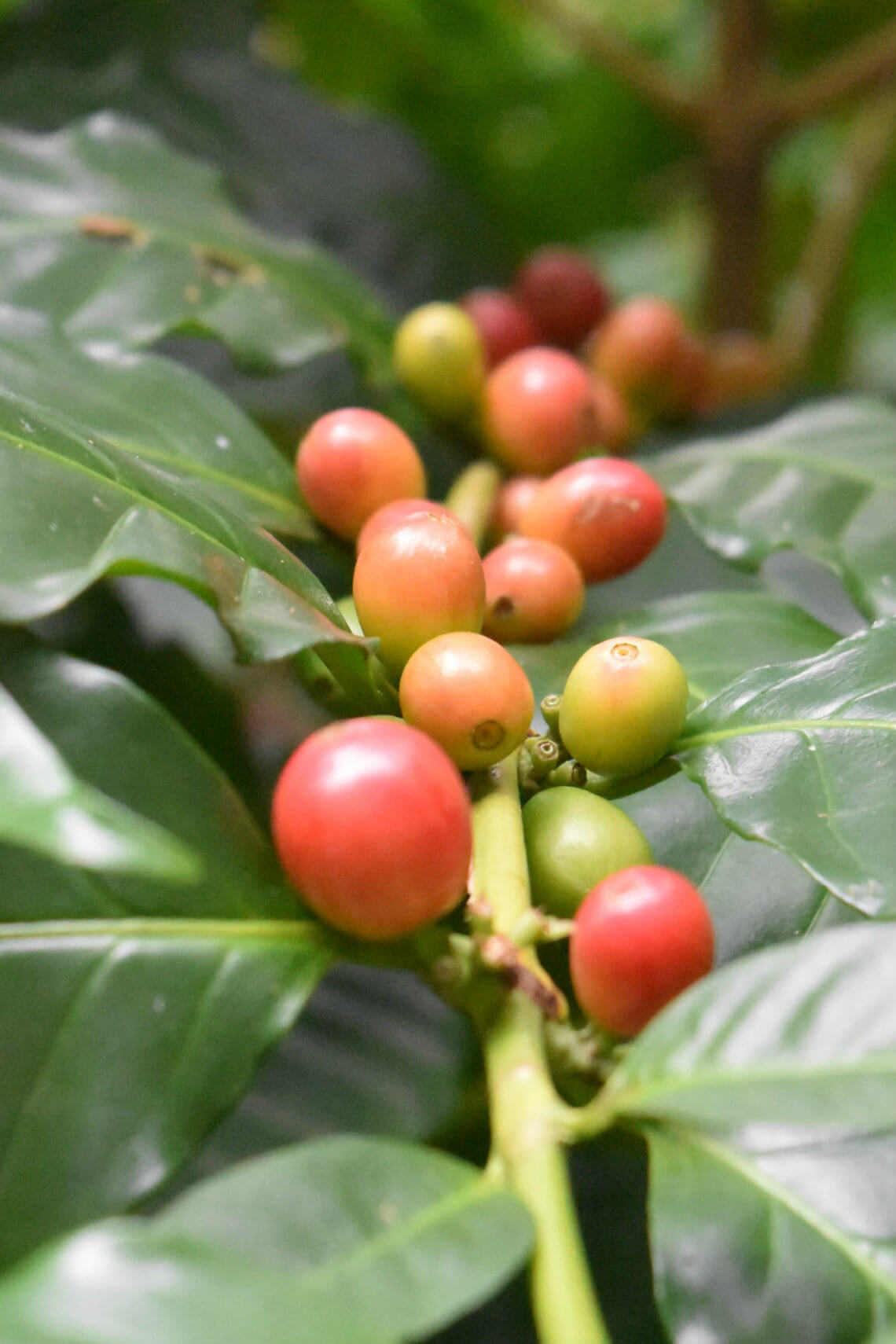
Plastic-Free Sustainable Tea
Do you prefer a cup of tea in the morning rather than a coffee? If so, you're not off the hook regarding your cuppa's potential environmental impact.
Traditionally, tea bags were made from paper derived from Abacá (a banana tree species). However, tea companies often use nylon and PET to make modern tea bags, which will not biodegrade.
There is also concern that chemicals from these bags could leach into the tea during brewing. Even if the tea bag does not contain plastic, polypropylene is often used to seal the edge, making it only 70-80% biodegradable.
To enjoy a sustainable tea, choose 100% plastic-free teabags.
It is also essential to consider your tea's packaging. Plastic-wrapped boxes and tea bags all contribute to landfills. Some tea bags also have unnecessary metal staples connecting the string to the bag.
Environmentally friendly options for your sustainable tea include:
buying loose-leaf tea and using a teapot or stainless-steel infuser
using unbleached natural fibre tea bags
choosing heat-sealed tea bags
using tea bags with organic cotton stitching
avoiding plastic-wrapped tea bags and boxes
choosing tea bags without staples.
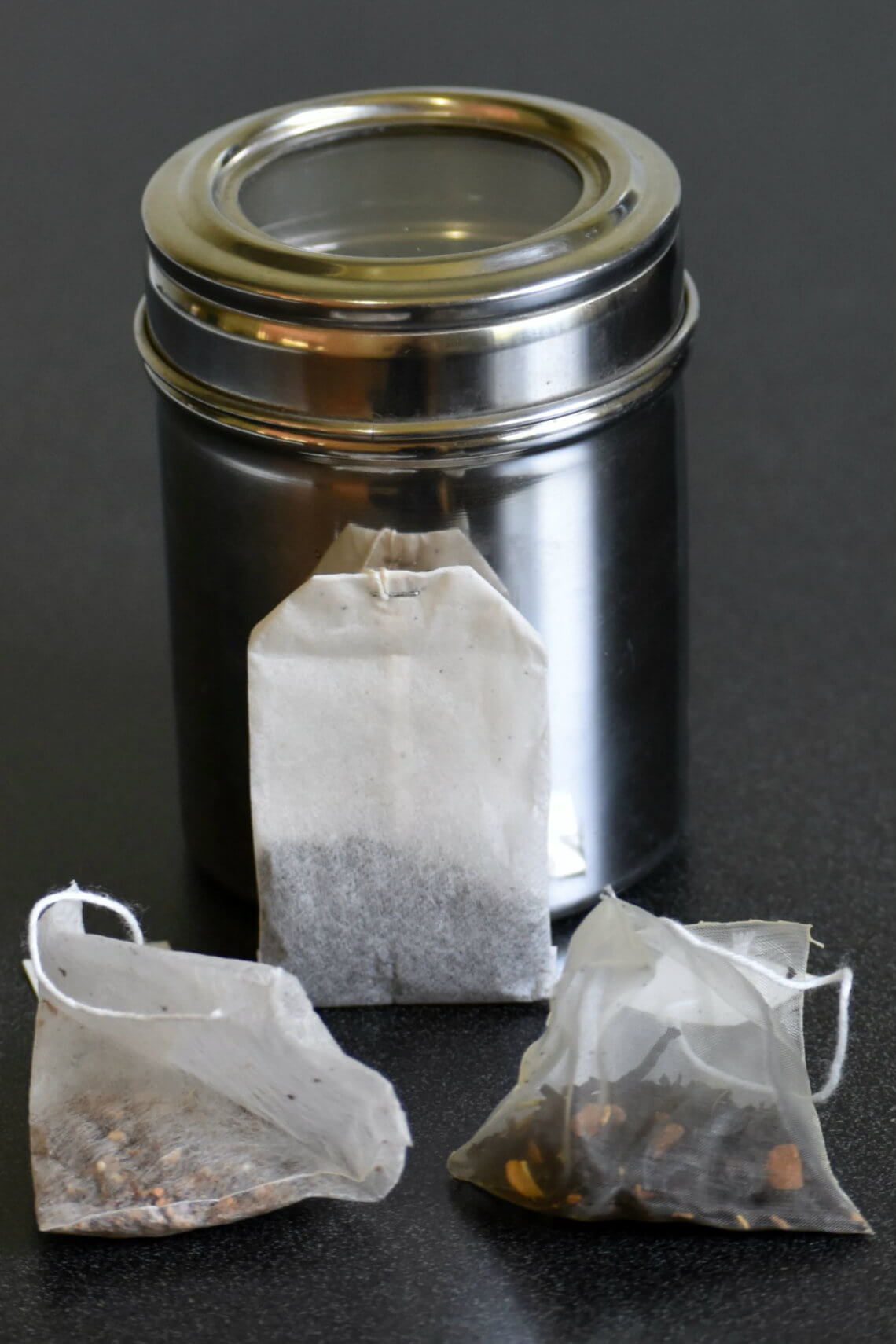
Pesticides and Tea Production
The humid climates in which tea grows are ideal for pests to flourish. The more pests there are, the more likely farmers are to use pesticides and insecticides to reduce crop loss.
Pesticides used for growing tea include:
bifenthrin
acetamiprid
chlorfenapyr
dicofol
monocrotophos.
Bifenthrin and dicofol are both highly toxic to aquatic life. Therefore, chemical runoff into waterways is a serious concern. Dicofol is also chemically related to DDT and causes egg thinning in some bird species.
Chlorfenapyr and Acetamiprid are acutely toxic to birds. Acetamiprid is also harmful to earthworms. Monocrotophos is acutely toxic to birds and humans and is banned in many countries.
The demand for tea is enormous. However, the countries that produce the most tea don’t have regulations to control the use of harmful chemicals, including those banned in other parts of the world.
Many tea products contain traces of pesticide residue. Herbal teas may seem like a better alternative for your cuppa; however, they are often grown using lots of chemicals in soil-free glasshouses.
Switching to organically grown, loose-leaf or Rainforest Alliance Certified sustainable tea is the best choice for the environment and your health.
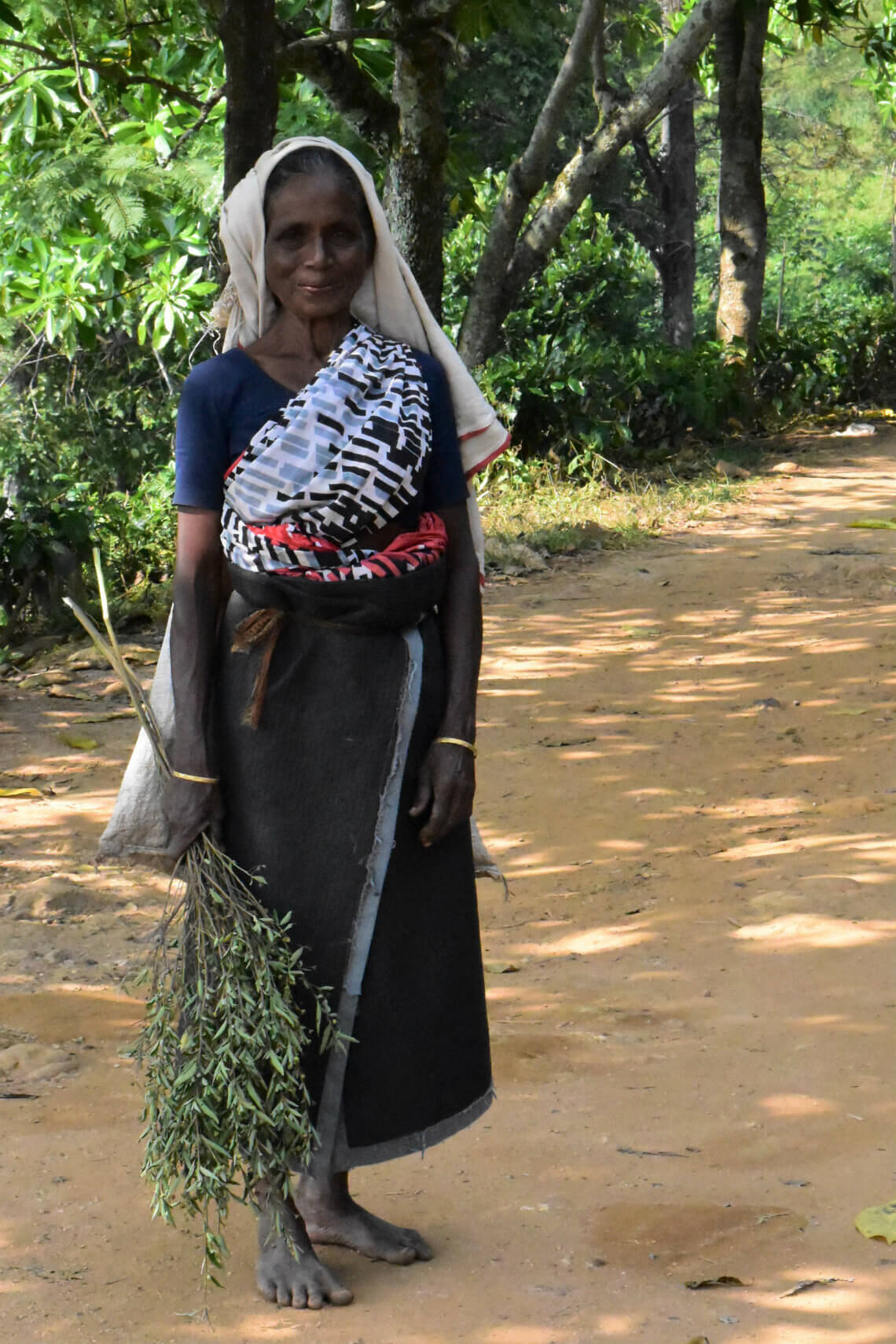
The Tea Drying Process
The method for drying and processing tea also requires a lot of energy and can harm the environment.
Once picked, tea is laid out in the sun to dry, a technique known as withering. Withering starts the fermentation process, which develops the aroma and flavour of your cuppa.
Withering is artificially controlled when the leaves reach the processing facility. Airflow, humidity, and temperature are all monitored. The air is often heated to speed up the drying process.
In countries where electricity is expensive and unreliable, many tea factories use diesel generators, which further pollute the environment in addition to using fossil fuels such as gas.
In less developed countries, firewood is used for drying the air, which can lead to severe deforestation. It takes 1.5 to 2.5 kilograms of wood to produce 1 kilogram of dried tea.
Encouraging tea factories to install renewable power sources like solar will produce more sustainable tea.
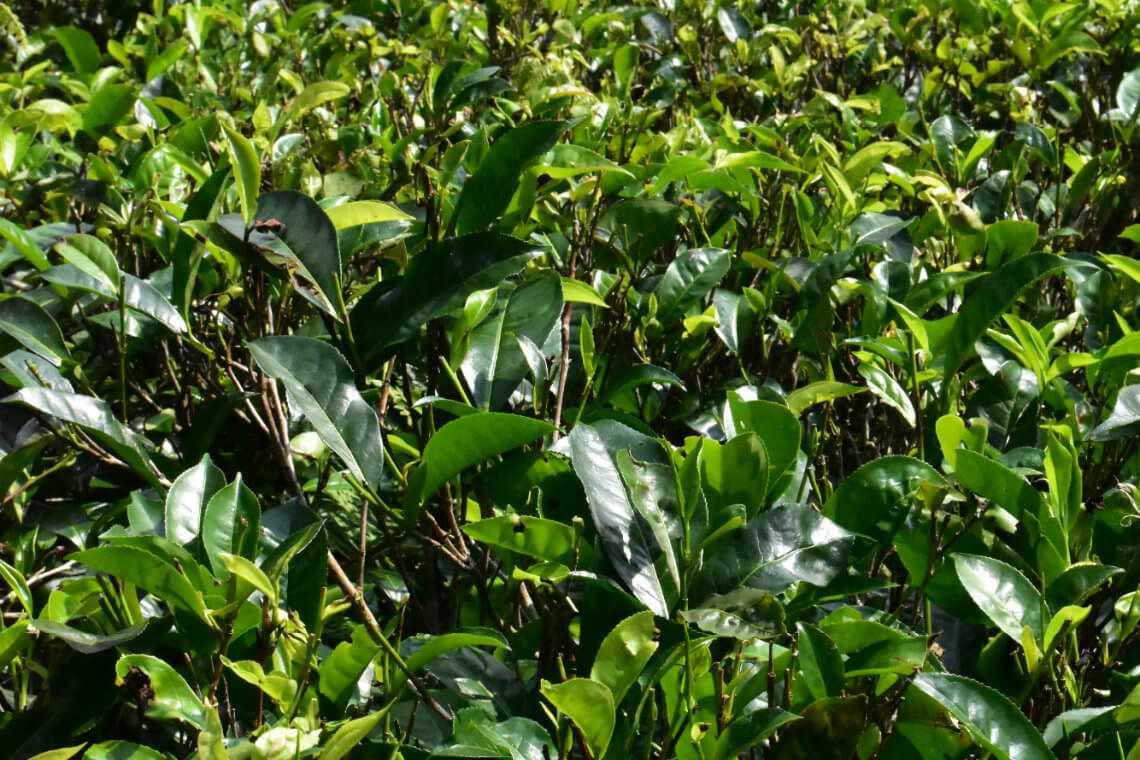
Deforestation and Tea Production
Tea is a monoculture crop (and so is coffee). Farmers often clear vast expanses of forests and productive farmland for plantations.
Monoculture crops significantly impact the biodiversity of plant and animal life. Tea plantations threaten endangered species in some countries. They also provide perfect breeding grounds for pests, which means more pesticides are needed.
Intensive farming reduces the productivity of the soil. Land does not have a chance to replenish, and soil degradation is a significant issue. Poor soil quality means more fertiliser and chemical usage, further compounding the problem.
Natural pesticides are available; however, poverty is a significant factor in many tea-growing regions. Farmers do not have the resources to consider a long-term investment in soil renewal and the environment.
Again, choosing Rainforest Alliance Certified products for your cuppa can combat some of these issues.
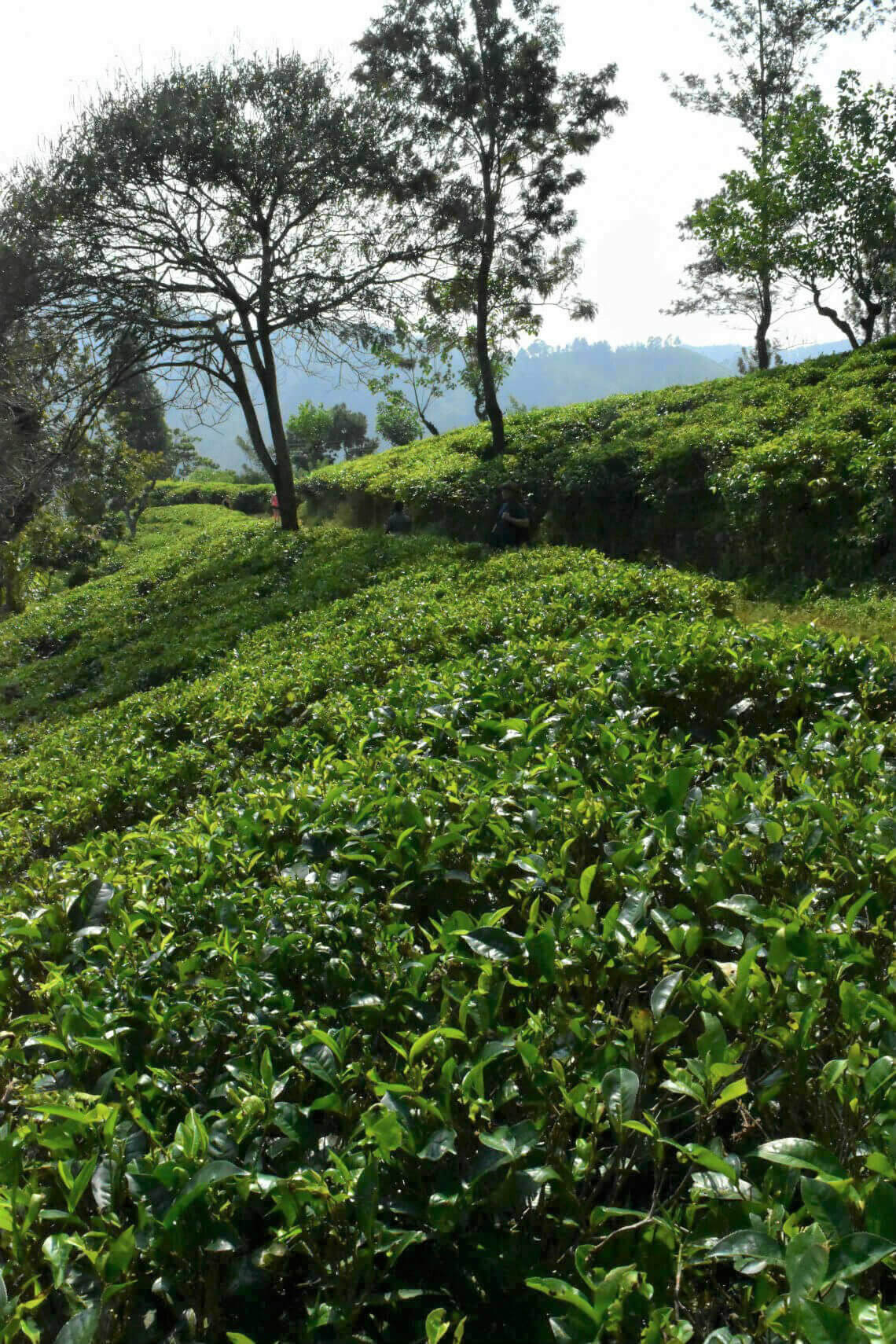
How to Make A Truly Sustainable Tea or Sustainable Coffee
This post highlights just a few of the environmental and health issues surrounding the consumption of our daily cuppas. However, with a bit of research, there are simple steps we can take to reduce the impact on the earth and ourselves.
If you want a genuinely sustainable tea or sustainable coffee, then you should also consider the following:
buying locally sourced products to reduce food mileage
drinking black tea or coffee to avoid the impact dairy farming has on the environment
boiling just enough water for your brew, nothing more, to reduce your energy usage.
Who would have thought so much went into quenching our thirst and our need for caffeine?
